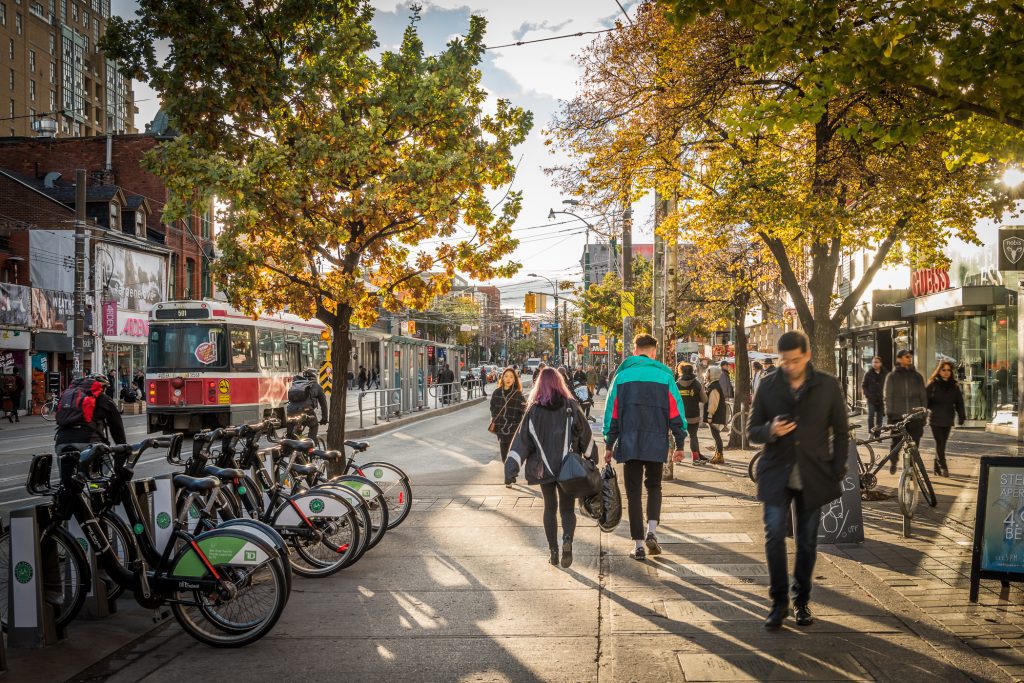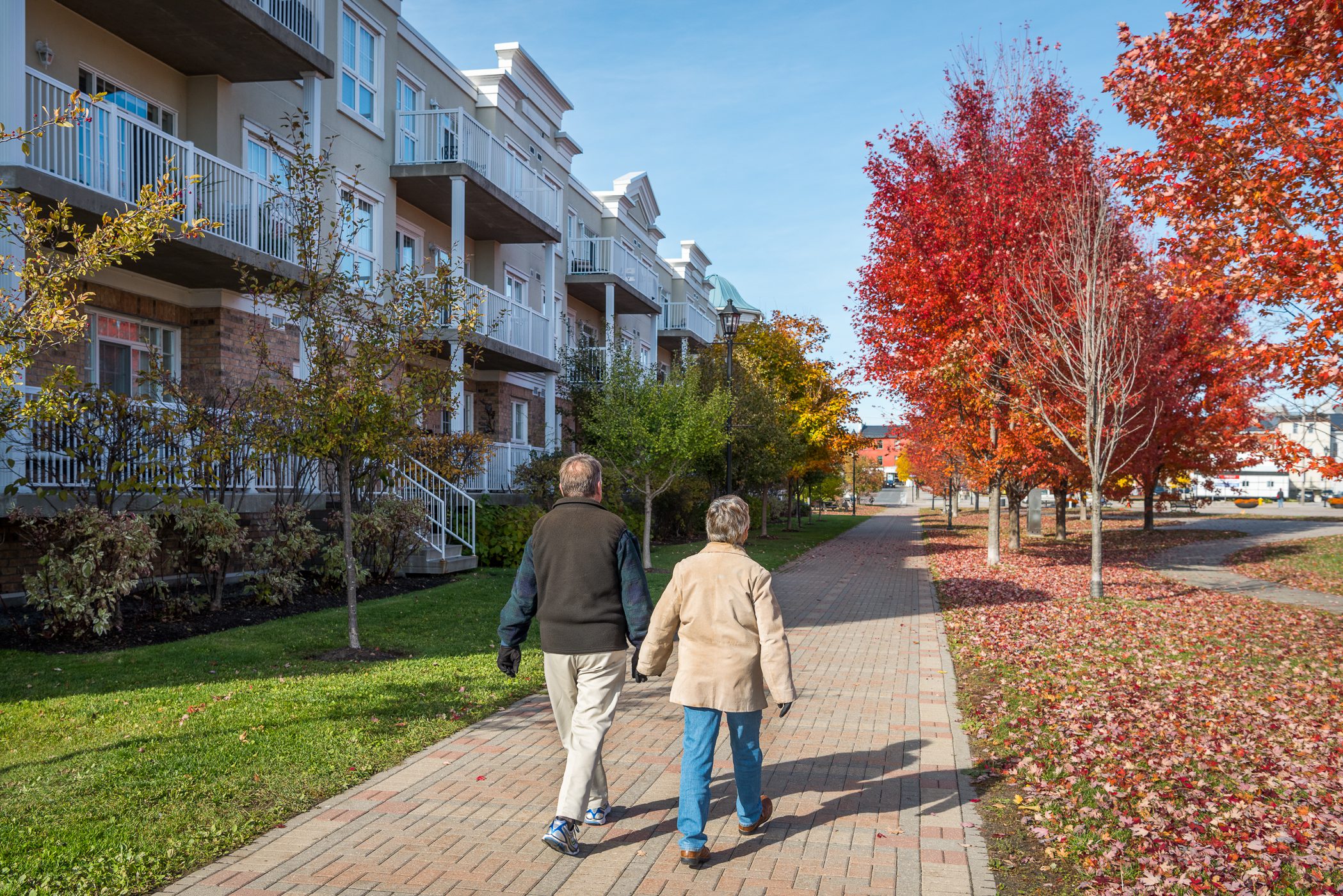The last time people were priced out of the housing market was in the early 1990s. Back then, the options were limited to owning a home or renting an apartment, with some condos thrown in. Ontario’s Growth Plan for the Greater Golden Horseshoe has greatly increased the mix of housing supply, but didn’t solve affordability for people, as a limited supply of rental and low-income housing was built. The majority of new rental units being built are luxury units, while many of the houses are over 2000 sq ft and are consequently unaffordable. What most people need, whether they buy or rent, are affordable places, such as townhomes, laneway housing, shared housing and non-luxury apartments.
Clearly there is not enough affordable housing being built in Toronto and the Greater Golden Horseshoe. Let’s take a closer look at what is housing affordability and how we can increase the supply of affordable housing.


What is affordable housing?
Housing is considered affordable if it costs less than 30 per cent of your pre-tax income. The 2016 census indicates that nearly one quarter of people in Canada (24. 1 per cent) spend more than 30 per cent of their income on shelter. The more money we spend on a place to lay our head, the less money we have for other essentials like food and clothing. In the City of Toronto, you need to have a household income of $167,000 to qualify for a mortgage for an average priced home, whereas the city’s median household income is $65,829. Therefore, owning a house is not an option for most of the population. Over 35 per cent of Torontonians rent and this is unlikely to change, unless they want to commute far enough to find a lower than average priced house.
Supply isn’t the issue. In Ontario, municipalities are required to keep a 10 year supply of land designated for housing and a 3 year supply of planned housing ready to build. Governments plan for housing, but it’s up to the developers to build it. Many municipalities have an excess supply of land for housing. In 2017, York Region recorded a 23 year supply of land designated for housing. In the City of Toronto there is no more land available to build on, so infilling land formerly used for other purposes or building up are the only ways to create more housing units.
How can we build more housing without using more land?
While there may be no more greenfield land in cities like Toronto and Mississauga, the market is keeping up through infill and redevelopment – which in turn supports public transit, helps revitalize neighbourhoods, supports local businesses and increases the tax base. A Canadian Mortgage and Housing Corporation (CMHC) report indicates in the Greater Toronto market that as of August 2018, the total number of housing units under construction in the GTA (at over 71,000 units) is the second highest level on record. The Building Industry and Land Development Association (BILD), say that 55,000 units are needed to meet demand.
To help facilitate this type of infill and redevelopment, it’s important to change the rules to allow a mix of housing options like duplexes, laneway houses, basement apartments and low-rise apartment (2 to 4 stories) in neighbourhoods. High-rise and mid-rise buildings around urban transit stations and along major streets are a compatible fit and are a more affordable housing options than single detached homes.
Building up around rapid transit stations also provides more housing options that are close to work. This approach works not just in the central Toronto, but in more suburban areas of Scarborough and in cities like Oakville and Mississauga. But few cities have developed the transit carrying capacity to support high-rise developments (one exception is Kitchener –Waterloo). Putting too much density in a place without appropriate transit services is not good for mobility or quality of life. That’s why mid-rise and low-rise housing makes more sense in some areas (King City, Innisfil, Georgetown). It’s also more acceptable to citizens in smaller urban centres or in low-rise neighbourhoods near transit stations and lines.


What if I want to buy a house?
According to Canadian Mortgage and Housing Corporation (CMHC), 67.8 per cent of Canadians own their home or condo. This number falls to 50.2 per cent for millennials. If you dream of one day owning a single family house, there are a really only two options: drive until you qualify, or look to the resale market as boomers and their parents relocate or age out of their housing.
If you are looking for a new unit, your best bet is outside of the City of Toronto in places like Halton, York Region and Durham, where between 2017 and 2031, 761,000 homes are planned to be built, 510,000 of which are single detached, semi- detached or town homes. Between the 761,000 new housing to be built in the GGH and 700,000 expected resale homes, we will have enough housing for four million people.
According to the CMHC, “Across Ontario, prospective buyers should expect more choice by 2020 while owners and investors should dampen their price and return expectations.” By 2020, weaker full-time job growth, rising interest rates and more choice in the resale market will dampen total housing starts.” Why would housing starts slow when there is an excess of land designated for housing coupled with a growing demand? Because housing is part of a market based economy, Developers and home builders follow market trends. If demand fades, developers slow down building (starts), even if they have thousands of new housing units approved by municipalities.
With respect to the resale market, demographic data from Stats Canada tells us people are living longer and the average household size is getting smaller. In the GGH, as of 2006, there were 700,000 homes owned by people over 65. Over the next 20 years, almost all of those homes will make their way back into the market, providing housing for 2.1 million people. If we want to encourage seniors to leave their homes sooner, we could encourage the building of smaller accessible housing in many of these suburban communities to allow people to age in place. As well, there are also some creative ways to create smaller, more affordable housing now, and make more efficient use of housing stock we do have, like creating laneway housing and shared housing options.
There‘s no easy solution to solve the high price of housing but we can start by:
- loosening the rules to build even more affordable housing, including rental apartments in cities, especially on public land around transit stations
- Removing Section 37 of the Planning Act, and move to a community planning permit system to improve transparency and encourage mid-rise housing
- Implementing inclusionary zoning to build more affordable units in new developments, like condos
- Following British Columbia’s lead by tightening the rules and increasing transparency around real estate transactions including an ownership registry to discourage money laundering
After all, everyone deserves a place to call home.







